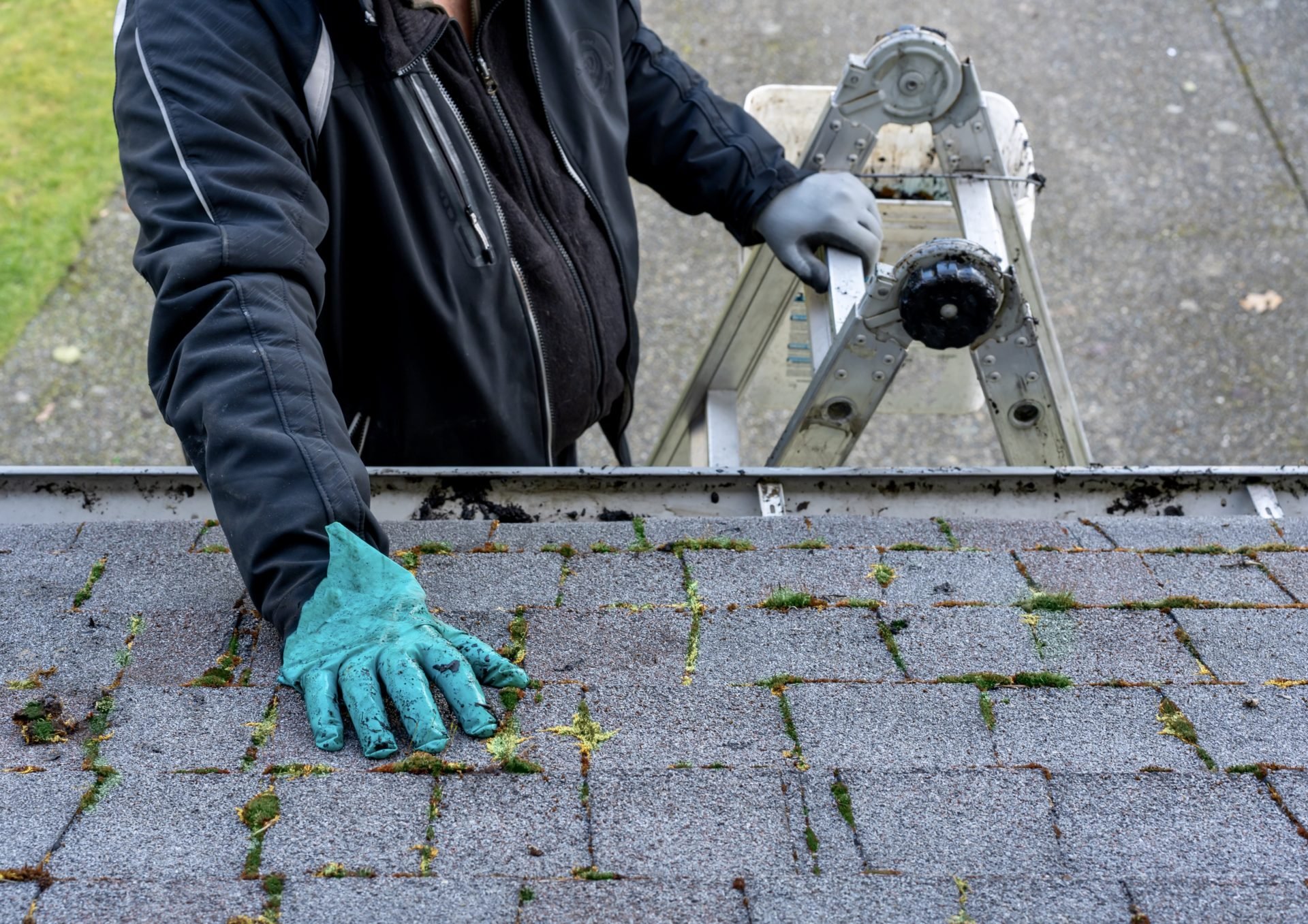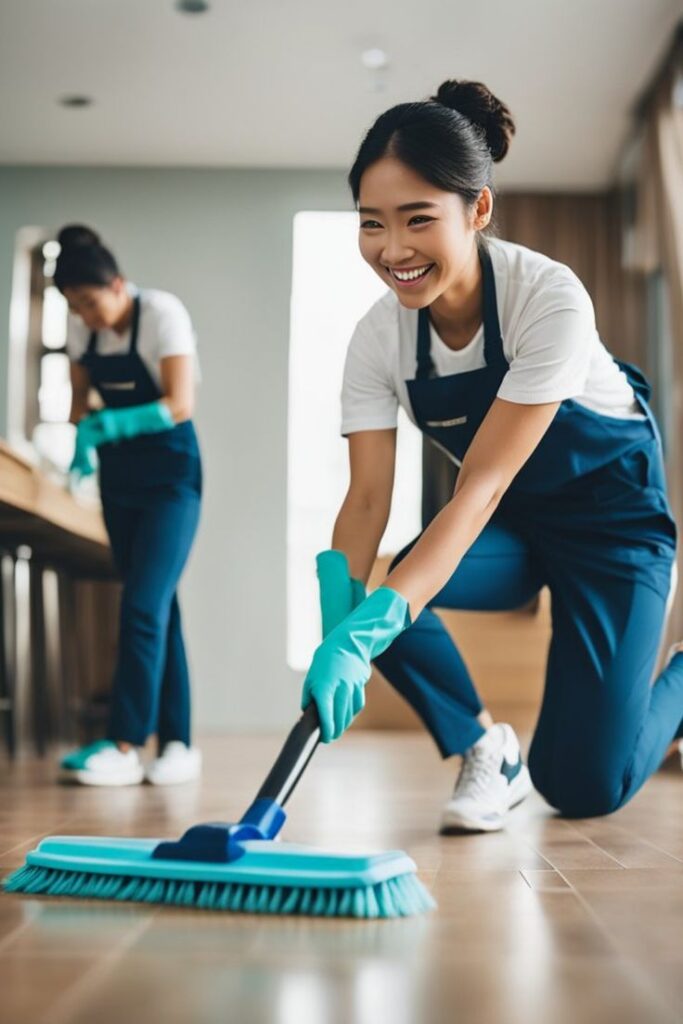The roof is one of the most critical components of any building, protecting us from the elements and contributing to the overall structure’s integrity. However, many homeowners frequently neglect roof upkeep, particularly roof cleaning, despite its significance. Over time, roofs can accumulate dirt, debris, moss, algae, and lichen, which not only detract from the aesthetic appeal of a home but can also cause significant damage if left unaddressed. In this article, we will explore the importance of roof cleaning, the various methods available, and essential tips for ensuring your roof remains in top condition for years to come


The importance of roof cleaning
Many homeowners underestimate the value of roof cleaning, believing that their roof is sturdy enough to withstand the elements without maintenance. However, just like any other part of your home, your roof requires care to ensure its longevity. Roof cleaning offers several critical benefits.
preventative damage: Over time, moss, algae, dirt, and debris can seriously harm your roof. Moss, for instance, holds moisture, which can seep into the roof structure, leading to wood rot and decay. Algae, on the other hand, can cause discolouration and weaken shingles, reducing their effectiveness. Regular cleaning helps prevent these issues, ultimately saving homeowners from costly repairs or even premature roof replacement.
Extends Roof Lifespan: By keeping your roof clean and free from damaging substances, you can significantly extend its lifespan. A well-maintained roof can last several decades, whereas a neglected roof may need replacement after just 15-20 years.
Improves Curb Appeal: A dirty, moss-covered roof is not only unsightly but can also reduce your home’s overall curb appeal. Regular cleaning enhances the appearance of your home, making it more attractive to potential buyers should you decide to sell.
Energy Efficiency: Algal dark streaks can absorb more heat, raising the interior temperature of your house and taxing the capacity of your air conditioner. Cleaning your roof can improve energy efficiency, reducing your energy bills and your carbon footprint.
Health Benefits: Mould, mildew, and algae on your roof can spread to other parts of your home, potentially leading to health issues such as allergies and respiratory problems. Regular cleaning helps protect your family’s health by preventing these harmful organisms from taking hold.

Common Causes of Roof Contamination
Understanding the common causes of roof contamination can help you take proactive measures to maintain a clean roof.
Weather Conditions: Rain, wind, and snow can deposit dirt, leaves, and branches onto your roof, leading to a gradual buildup of debris. This waste has the ability to retain moisture over time, which promotes the formation of mould, algae, and moss.
Nearby Trees: Trees near your home can drop leaves, twigs, and seeds onto your roof, which can accumulate and cause blockages in your gutters. Additionally, overhanging branches can rub against your roof, damaging shingles and creating entry points for moisture.
Poor Ventilation: Poor roof ventilation can lead to condensation buildup in your attic, which can seep into your roof structure and encourage the growth of mould and mildew. This damages your roof and lowers the quality of air in your home.
Animal Activity: Birds, squirrels, and other animals can cause significant damage to your roof by nesting in the eaves or tearing up shingles. Their droppings can also contribute to roof contamination and staining.
Humidity and Moisture: High humidity levels and frequent rainfall create the perfect environment for moss, algae, and lichen to thrive. These organisms feed off the moisture, causing them to spread rapidly across your roof.

Roof Cleaning Methods
Roof Cleaning is not a one-size-fits-all process; different roofs require different cleaning methods based on their material, condition, and the type of contamination present. Below are the most common cleaning methods:
|Roof Cleaning|Soft Washing: Soft washing is a low-pressure cleaning method that uses a specialised cleaning solution to remove dirt, algae, moss, and lichen from the roof’s surface. This method is particularly effective for asphalt shingles, as it avoids the high pressure that could cause damage to the shingles or strip away the protective granules. The cleaning solution is typically applied using a pump sprayer, and the contaminants are gently rinsed away with low-pressure water.
|Roof Cleaning|Pressure Washing: Also known as power washing, pressure washing blasts dirt, mildew, and debris off the surface of the roof using high-pressure water. While this method can be effective for roofs made of durable materials like metal or concrete tiles, it is generally not recommended for asphalt shingles due to the risk of damage. Overstress can lead to leaks and structural damage by removing shingles, removing granules, and allowing water to infiltrate beneath the roof.
|Roof Cleaning|Chemical Cleaning: Chemical cleaning involves the use of specialised chemical treatments to kill moss, algae, and lichen. These chemicals are often applied in a controlled manner to prevent damage to surrounding plants and landscaping. The dead organisms are usually allowed to decay and are carried away by rain naturally after treatment. Although this technology works well, it should only be used by experts to safeguard the environment and assure safety.
|Roof Cleaning|Manual Cleaning: For smaller roofs or light contamination, manual cleaning can be a viable option. This method involves physically removing debris, moss, and lichen using a brush or scraper. While this method is labour-intensive, it allows for precise cleaning without the use of chemicals or high-pressure water. Manual cleaning is particularly useful for delicate or historic roofs, where preserving the integrity of the materials is essential.

DIY Roof Cleaning vs. Professional Roof Cleaning
Many homeowners face the dilemma of whether to clean their roof themselves or hire a professional service. Both options have their advantages and disadvantages, which are worth considering before making a decision.
DIY roof cleaning
DIY roof cleaning can be an appealing option for those looking to save money. If you have experience with home maintenance tasks, a basic understanding of roofing, and the right equipment, you might be able to handle a cleaning project on your own.
Pros:
Cost Savings: DIY cleaning is usually less expensive than hiring a professional service, as you only need to purchase or rent the necessary equipment and cleaning solutions.
Flexibility: You can choose a time that suits you best to clean your roof, without having to wait for a professional appointment.
Control: You have complete control over the cleaning process, allowing you to focus on specific areas that need more attention.
Cons:
Safety Risks: Climbing onto a roof can be dangerous, especially for those without proper training or equipment. One of the most common causes of injury during home renovation projects is falling from rooftops.
Lack of Expertise: Without professional knowledge, you may inadvertently damage your roof by using the wrong cleaning method or applying too much pressure.
Time-consuming: Roof cleaning is a labour-intensive task that can take several hours or even days, depending on the size and condition of your roof.
Professional roof cleaning
Hiring a professional cleaning service offers several advantages, particularly for those who prefer to leave maintenance tasks to experts. Here are some of the pros and cons of opting for professional cleaning:
Pros:
Expertise and Experience: Professional roof cleaners have the knowledge, skills, and equipment to clean your roof effectively and safely. They can identify potential issues early on, such as loose shingles or signs of water damage.
Safety: Professional roof cleaners are trained to work at heights and have the necessary safety gear to prevent accidents. This reduces the risk of injury for homeowners.
Quality Results: A professional cleaning service can deliver thorough and consistent results, ensuring that your roof is free from contaminants and looks its best.
Time-efficient: Professionals can complete the job more quickly than a DIY approach, freeing up your time for other activities.
Cons:
Cost: Hiring a professional cleaning service can be more expensive than doing it yourself. Nonetheless, the calibre of the job and the possible cost savings on further repairs frequently make the price point worthwhile.
Scheduling: Depending on the availability of the service, you may need to schedule the cleaning in advance, which could be inconvenient if you need immediate results.

Essential Tips for Effective Roof Cleaning
Whether you choose to clean your roof yourself or hire a professional, there are several essential tips to keep in mind to ensure effective and safe cleaning:
Check the weather: Cleaning is best done on a dry, overcast day when the roof surface is cool. It is not advisable to clean your roof in really hot weather since the cleaning solution may evaporate too rapidly and become less effective. Similarly, wet or windy conditions can make the roof slippery and hazardous.
Protect Your Landscaping: If you’re using chemicals or cleaning solutions, be sure to cover any nearby plants, shrubs, or flowers to protect them from potential harm. Rinse the surrounding area with water before and after the cleaning to dilute any chemical runoff.
Use Proper Equipment: Ensure that you have the right tools for the job, such as a sturdy ladder, safety harness, non-slip shoes, and protective eyewear. If using a pressure washer, make sure it has an adjustable nozzle to control the water pressure.
Avoid excessive pressure: High-pressure washing can damage shingles and remove the protective granules that extend their lifespan. Always start with the lowest pressure setting and only increase it if necessary.
Start from the top: Always begin at the top and work your way down while cleaning your roof. This prevents dirty water from running over areas you’ve already cleaned.
Regular Maintenance: To minimise the need for frequent cleaning, perform regular maintenance such as trimming overhanging branches, cleaning gutters, and removing debris. Regular inspections can also help you catch issues before they become major problems.
Hire a Professional for Complex Jobs: If your roof has significant contamination, extensive moss growth, or difficult-to-reach areas, it’s best to hire a professional service. They have the expertise and equipment to handle challenging cleaning tasks safely and effectively.

Cleaning the roof is a crucial home maintenance activity that shouldn’t be ignored. Regular cleaning not only enhances the appearance of your home but also prevents costly damage, extends the life of your roof, and improves energy efficiency. Whether you choose to tackle the task yourself or hire a professional, understanding the importance of roofs cleaning and the methods available will help you make informed decisions and protect your investment for years to come.
By following the tips and guidelines outlined in this article, you can ensure that your roof remains in excellent condition, safeguarding your home and family from the elements. So, don’t wait until your roof shows signs of neglect—take action today to keep it clean and well-maintained.


